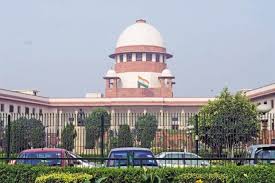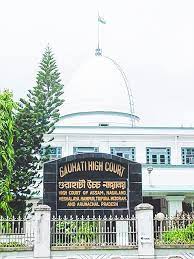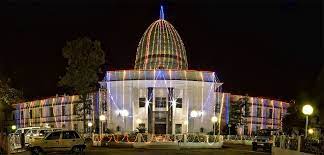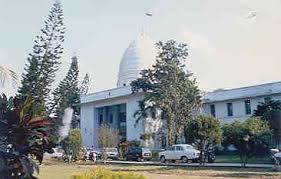Convicting and sentencing the appellants to imprisonment for life under Section 302 of the Indian Penal Code, 1860 (Para 1)
In this case, we notice from the record that the trial court as well as the High Court while appreciating the evidence have not properly addressed various aspects, namely, (a) there is no clear cut motive proved against the accused except that there was some incident concerning a lady of the village; (b) PW-2 and PW-6 both state that the deceased was assaulted in front of the house of one of the accused persons, namely, Anshram, but, the site plan (Ex. P-21/P-22) does not disclose the house of Anshram and from the site plan as well as the testimonies of PW-6, PW-9 (the informant) and police witnesses it is clear that dead body of the deceased was found near a temple about 300 feet away from the place where the deceased was allegedly assaulted; as to how the dead body reached there, the ocular account has no explanation though some drag marks were noticed by the investigating officer; (c) as per seizure memorandum (Ex. P-13), amongst other articles, a lathi was seized by the police from the place where the dead body was lying – whose lathi it was, the prosecution evidence is silent; (d) the articles i.e. lathi and clothes seized at the instance of the accused though were stained with blood, the serologist report could not confirm its origin; and (e) PW-2 sets up a story that he narrated the incident to PW-9 but PW-9, who is Kotwarin (village Chowkidar) of a neighbouring village, states that she was not informed by any eye witness, rather she arrived at the spot as a reaction to the commotion. All these aspects were material as they were indicative of a mob violence on the deceased due to some incident concerning a lady of the village. (Para 14)
Although there might not have been a specific question put to PW-9 as regards the delay in lodging the FIR but the fact that it was a delayed FIR cannot be ignored. When an FIR is delayed, in absence of proper explanation, the courts must be on guard and test the evidence meticulously to rule out possibility of embellishments in the prosecution story, inasmuch as delay gives opportunity for deliberation and guess work. More so, in a case where probability of no one witnessing the incident is high, such as in a case of night occurrence in an open place or a public street. (Para 19)
More so, because it leaves many gaps in the prosecution story, namely, as to how the body came near the temple and why a lathi was left near the dead body of the deceased when, as per the police story, all the three assailants had walked away with their respective lathis, which were later discovered at their instance. (Para 23)
We are of the considered view that the prosecution has not been able to convincingly prove the genesis of the crime as also the manner in which the murder took place and by whom, inasmuch as the evidence led by the prosecution gives rise to a strong probability of the killing being a consequence of mob action on the deceased for his alleged involvement with a lady of the village. (Para 24)
We do not consider seizure of lathi and clothes from the accused as a clinching circumstance warranting conviction. (Para 25)
The appellants are acquitted of the charge for which they have been tried. (Para 26)
SUPREME COURT OF INDIA
2023 STPL(Web) 243 SC
[2023 INSC 801]
Harilal Etc. Vs. State Of Madhya Pradesh (Now Chhattisgarh)
Criminal Appeal Nos. 2216-2217 of 2011-Decided on 05-09-2023
https://stpllaw.in/wp-content/uploads/2023/09/2023-STPLWeb-243-SC.pdf







